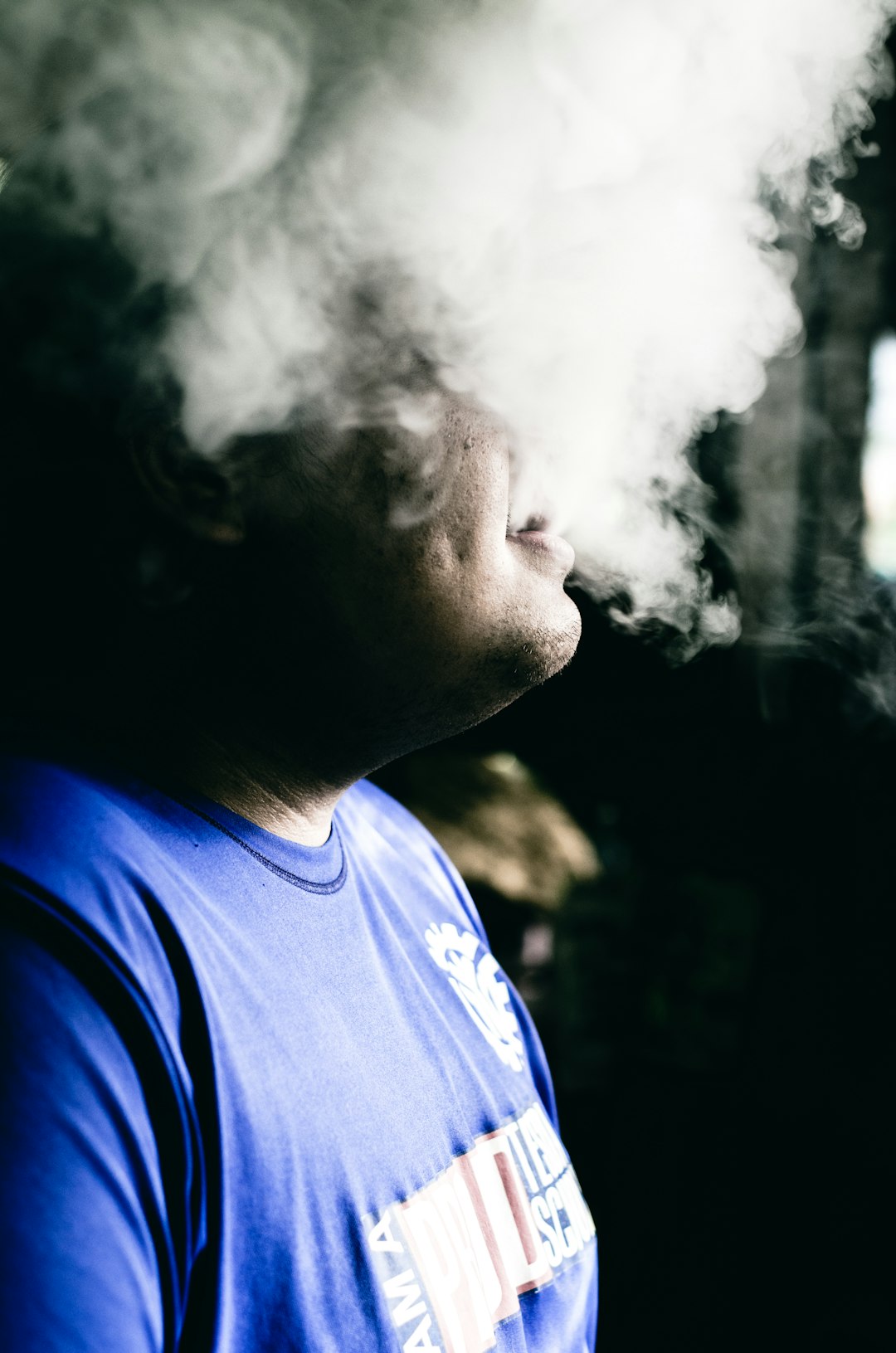Doing The Right Way

Do you or a loved one suffer from substance abuse? If this is the case, you are not alone, and it is never too late to seek help. For teens, in particular, substance abuse may seem like an unavoidable part of life, but there are many effective treatment options available to support your recovery from drug and alcohol abuse. Understanding the reasons of juvenile substance misuse and how to recover from addiction in the long term are key components of understanding how to recover from addiction in the short term; this thorough guide to youth substance abuse recovery will cover all of this and more.
It can be difficult to recognize because addiction has different signs and symptoms for everyone. The sooner someone seeking treatment for an addiction seeks help, the higher their prospects of recovery. And the sooner they get help, the less likely they are to develop an addiction in the first place. So if you know someone who’s showing warning signs or symptoms of an addictive disorder or who might have an addictive disorder themselves, it’s important not to wait before getting them the professional treatment they need.
Many of these people are unaware that addiction can be a side effect of using these drugs, and this is often because doctors prescribe prescription pain relievers after surgery or other medical procedures. Adolescents suffering from chronic pain disorders such as arthritis, migraines, and cancer may also be prescribed these medicines by their doctors. Detoxing from these narcotics is tough without professional help, which may include medications such as methadone or buprenorphine (Suboxone). View here for more info.
If you’re concerned that your child may be using drugs or alcohol, there are some warning signs and symptoms you should look for. Changes in behavior include: abrupt changes in mood, sleep patterns, and eating habits; a change in friends or a drop in grades; obsessions with drug paraphernalia such as pipes or needles; and an obsession with getting high. Strange odors on clothing or breath. Physical manifestations of substance abuse include dilated pupils, bloodshot eyes, track marks, and needle marks.
The first stage of addiction treatment is detoxification, which involves reducing or eliminating the use of addictive substances. The procedure can be unpleasant, but it is vital for substance misuse rehabilitation. Detoxification can be achieved through medical detoxification and/or behavioral therapies. Spending time in a rehabilitation center is a great approach to obtain the help you need to recover from your substance usage. There are many different types of rehabilitation centers that provide varying levels of care, so you can find one that meets your needs and will assist you in getting back on track with your life. Whether you need medical detoxification, rehabilitation, or aftercare planning, there are a variety of programs available for you. Click for more information on this product.